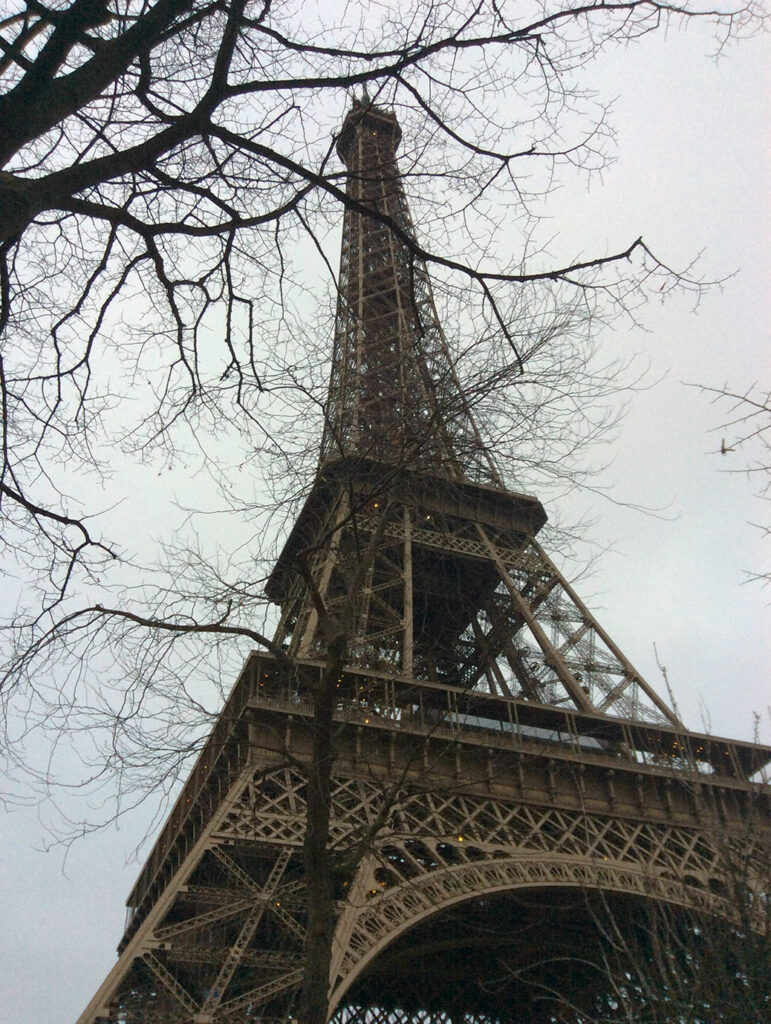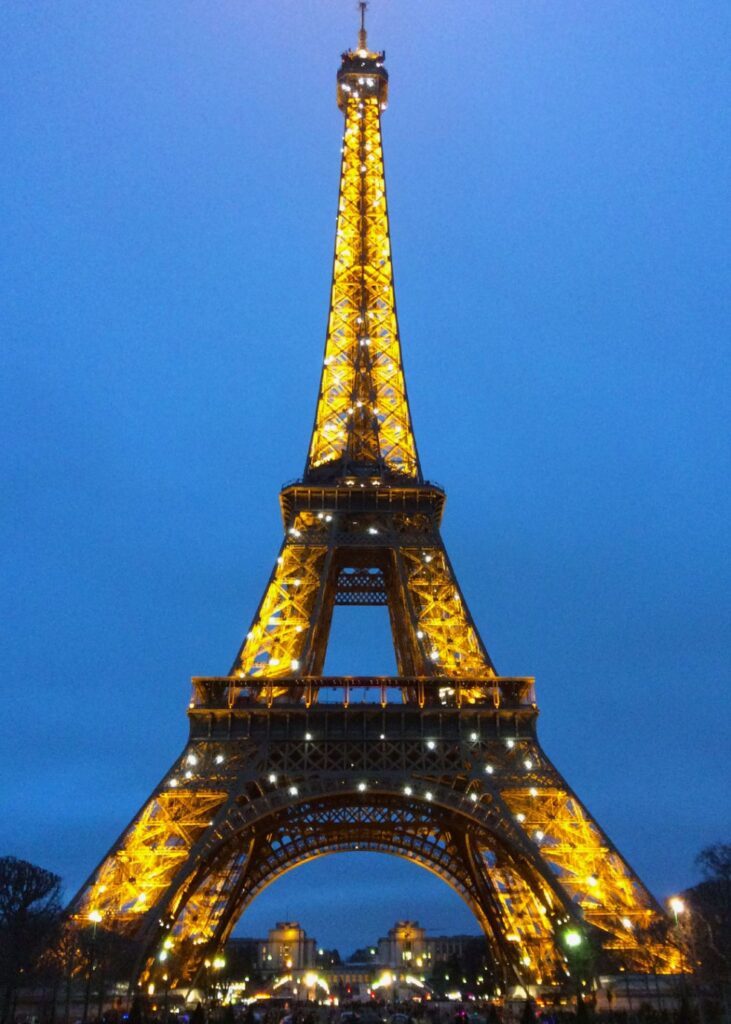Our first real day in Paris was a full one. With some rough weather in the forecast, we wanted to get a few of the outdoor things checked off the list. We used Rick Steves Historic Paris Walk as a rough guide and started off at Notre-Dame.
One of the world’s most famous churches, Notre-Dame is more than a religious site. It’s dark, gothic 12th century architecture is considered to be one of the foremost examples of the style. The flying buttresses that support the east side of the cathedral were among the first of their kind. The various gargoyle and chimera statues served the dual purpose of gothic art and functional water spouts for rain runoff.
Inside, the church is nothing short of magnificent. The soaring ceilings in the center of the cathedral cover an active worshiping center hosting daily masses. The outside hosts several small chapels honoring various Catholic saints via ornate stained glass installations and impressive sculptures.
From there, we walked over to the left bank of the Seine River and through the Latin Quarter. The lively area is filled with small cafes offering full French meals as well as a lot of small Mediterranean food stands with gyros, kebabs and more. The quarter is also home to the Sorbonne (University of Paris) and was given its name during the Middle Ages when Latin was the primary language of academia.
Finally, we walked across Pont Neuf, where the seagulls were busy jockeying for position on the rail to prepare for food dives into the river, and along the Seine’s right bank. Along the way, we passed the Louvre and the Grand Palace before arriving at Paris’s ultimate landmark: the Eiffel Tower.
The Eiffel Tower is one of those things that lives up to the hype. We arrived just a few minutes before dusk, when the lights came on and began to twinkle. Built by architect Gustave Eiffel for the 1889 World’s Fair, it’s now the most-visited paid monument in the world, attracting nearly seven million tourists annually.











More Photo of the Day posts from our January-March 2016 trip to Europe


4 thoughts on “Day 11: Paris”